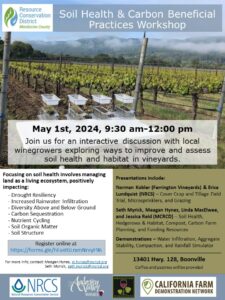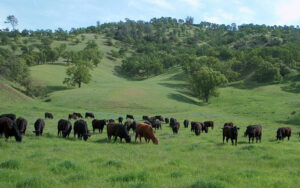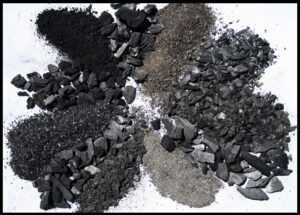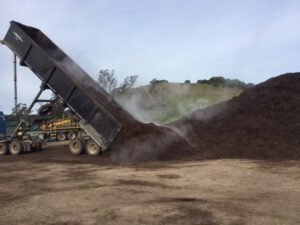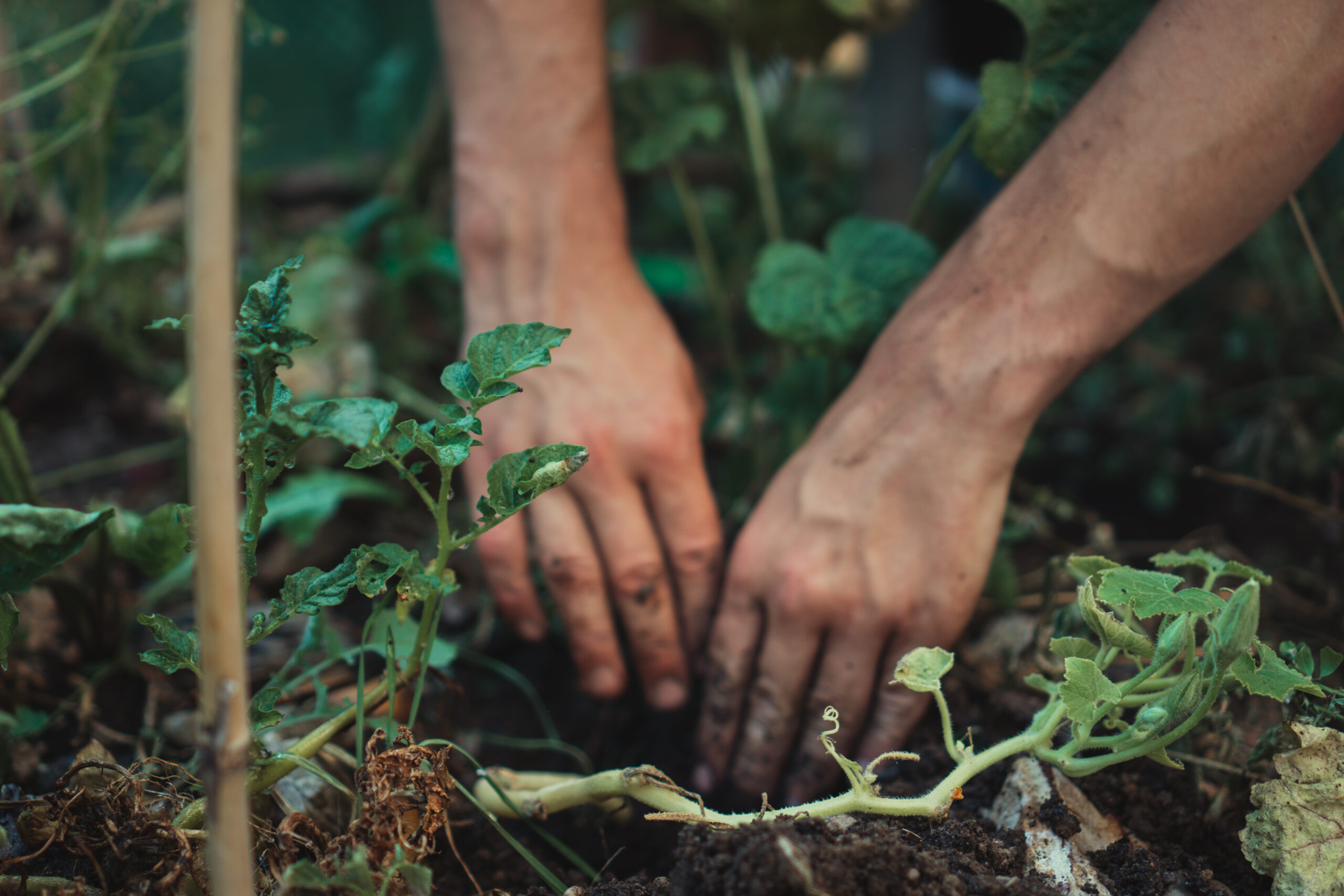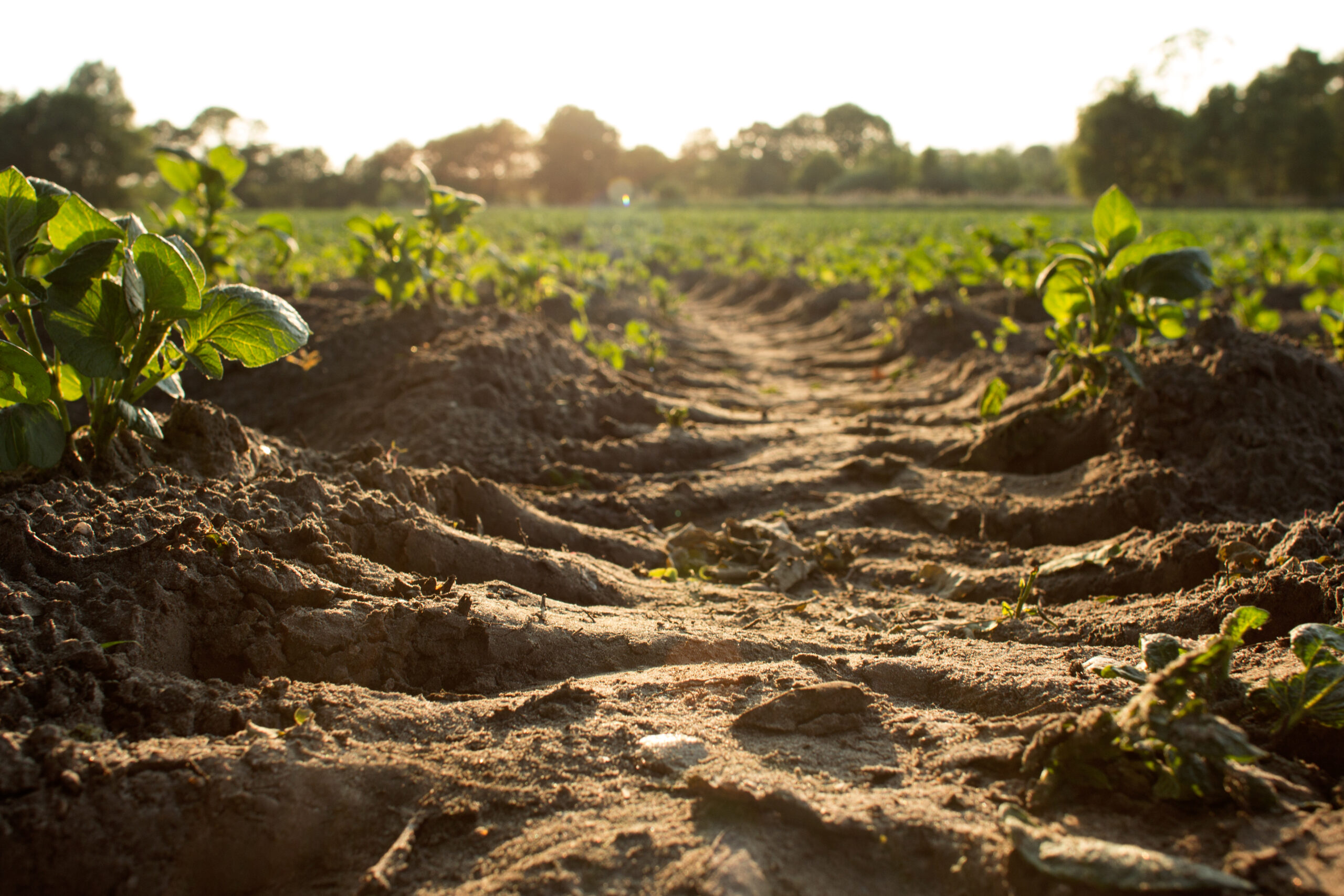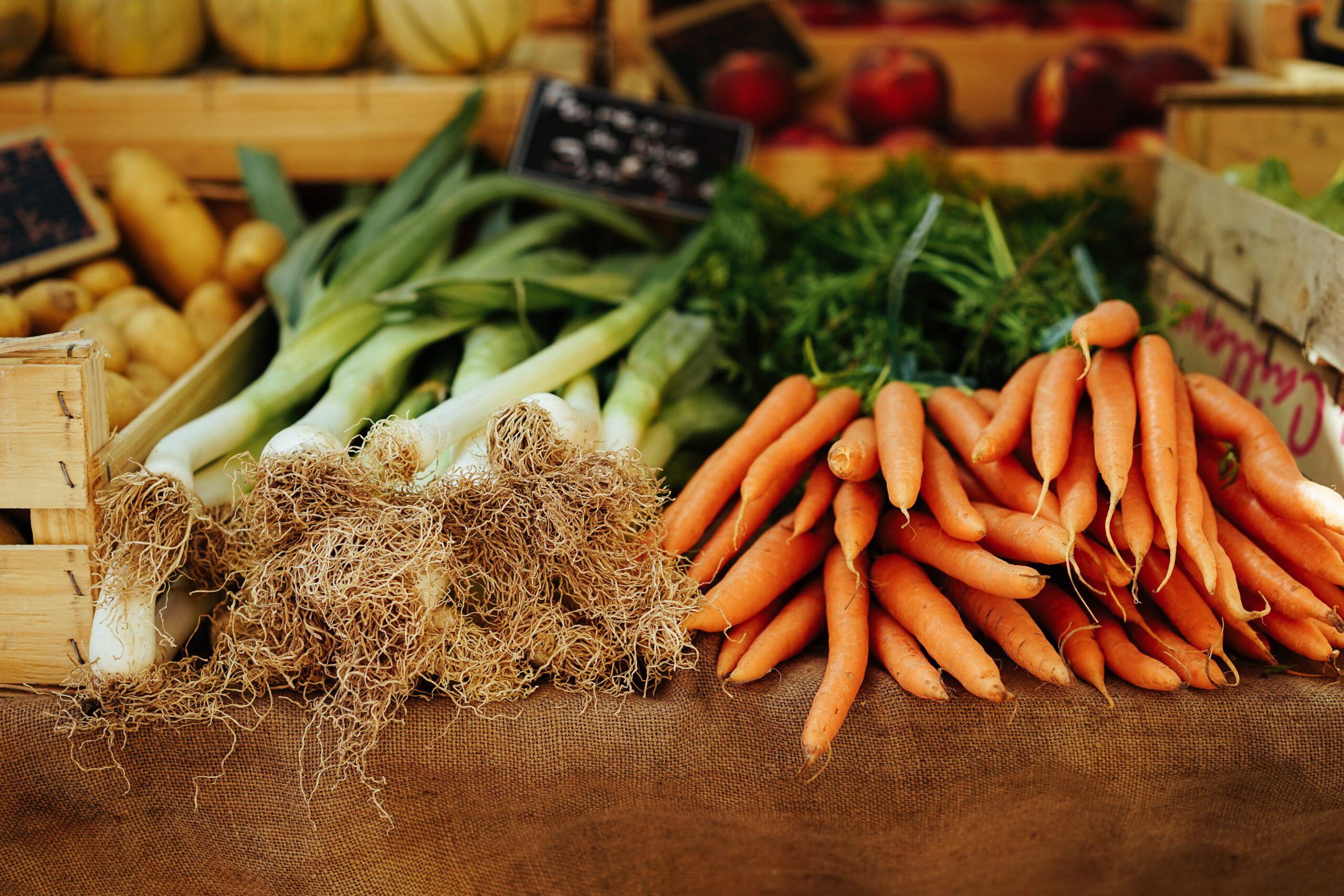Original article location can be found here.
DAVIS — On a recent afternoon at UC Davis, Dr. Roger Boulton stepped out of the day’s 90-degree heat and into the cool respite of the Jess J. Jackson Sustainable Winery building on the south end of campus.
Once inside, Boulton noted the marked drop in temperature and offered a fact about the building: “There is no air conditioning.”
The reveal is deceptively simple, undercutting not only the building’s groundbreaking strides in efficiency, but also how it is actively changing the future of the wine industry.
Several years since their construction, the Jackson building and its counterpart, the Teaching and Research Winery facility, are serving as living blueprints for an industry plodding toward a greener future with ever more focus on sustainability. A handful of prominent Napa vintners are now among some of the first to incorporate designs and practices inspired by the UC Davis facilities into new and future wineries.
This move toward sustainable designs and practices, vintners say, is beginning to make more sense from the business side of the winery.
“We’ve worked very extensively with Roger and the practices that have been adopted at UC Davis are terrific in that they demonstrate that a number of innovative ideas can in fact be implemented,” said Ted Hall, owner of Long Meadow Ranch, which has taken a page from the UC Davis facilities in designing a forthcoming winery in Rutherford.
Devised by Boulton, who has taught winery design for more than 30 years, the UC Davis facilities were funded entirely by private donors, including the Mondavi and Jackson winemaking families. Among the many measures that make the facilities capable of one day being entirely self-sufficient, rainwater capture and filtration provides the winery with water, while solar energy provides the power. Like the Jackson building, which houses the systems allowing it to run sustainably, the teaching winery is also able to forgo air conditioning, a feat achieved by building with high insulation material.
While several systems have yet to be completed, in time the winery will be able to generate all of its own hot and cold water, which may be used several times over for washing tanks and fermenters. Lithium batteries will one day complement the solar energy as a power source, while a carbon capture system will also cut out any emissions from the facilities.
“All of it will be completely positive water, positive energy, zero carbon,” Boulton explained, with “very efficient water use, very efficient chemistry use, non-hazardous chemistries, and no wastewater pond.”
When it opened in 2010, the teaching facility became the first winery to receive LEED platinum certification, the highest certification possible through the Leadership in Energy and Environmental Design (LEED) rating system.
The first platinum certification for a commercial winery went last year to Silver Oak Cellars in Oakville. A new Silver Oak winery is slated to open in the Alexander Valley later this year and is also aiming for platinum certification.
After a fire destroyed the original Oakville winery in 2006, the winery rebuilt in 2008 and considered seeking LEED certification then, CEO David Duncan said, but ultimately the attempt stalled. Learning of the first platinum certified brewery built by Sierra Nevada Brewing several years later rekindled Duncan’s motivation, as did meeting with Boulton and viewing the UC Davis facilities.
“So between those two things,” Duncan said he asked, “What can be done?”
Setting the question to the team, Duncan said, “We really started thinking about how we can build a winery.”
But the decision to infuse designs and practices similar to those at UC Davis was ultimately about more to Duncan than having the wineries embrace sustainability simply for sustainability’s sake.
“We’re in business, so it has to make economic sense. This isn’t a philosophical exercise for us.”
The campus of the new Alexander Valley winery is being fitted entirely with LED lights, a step that had been impractical to take at the Oakville winery in terms of cost, Duncan said. With the technology now more affordable, “Yes, it’s a little more expensive up front,” he said, “but essentially, from what they tell me, you’ll never change a light bulb again.”
Hall also stressed the need for sustainability to be economically viable in Long Meadow Ranch’s future Rutherford winery. “We really believe that in the long run, this is the most cost-effective way to construct and operate these facilities,” he said.
The winery is looking at breaking ground next year, Hall said, and will incorporate rainwater capture, solar energy, a water-cooling system, and insulated construction to control the temperature of the winery and barrel storage space, among other measures.
While Boulton’s efforts have laid “the first layer foundation,” Hall said adoption of sustainable practices and designs in the industry will hinge on examples of wineries demonstrating that sustainability is practical from a business standpoint.
“If we were just doing this because we liked claiming we were green, and spending a lot of money, it really doesn’t do anybody any good. Because what you really want people to say is, ‘Gee, this makes economic sense. We should be doing it as well.’”
Duncan shared a similar sentiment. “What I hope to have follow us,” he said, “is that people will look to Silver Oak and say, ‘Well, they did it. We’ve got to do it better. We’ve got to figure out another way to do it.’”
But as industry uptake of the Davis facility’s designs and efforts continues to grow, funding to complete all of its systems remains elusive.
For now, hot and cold water must still be sourced from campus, Boulton said, and there have been no organizations or donors willing to fund the carbon capture project. An automated cleaning system for the large fermenters is also in need of funding. But few small wineries use automated cleaning systems, which complicates the effort, Boulton said.
“It’s not a major part of this business, so most people say, ‘Why would I gift you one at the winery, when the wine industry doesn’t buy these things?’ So our answer is, well, if you gave us one, they probably would buy them. They just haven’t learned how to use them yet.”
Matthew Crafton, winemaker at Chateau Montelena and a graduate of the UC Davis viticulture and enology department, acknowledged that, “for the industry to devote funds, there has to be a practical pay-off. Because at the end of the day, knowledge is wonderful, knowledge is interesting, knowledge is something we all yearn for, but we’re a very competitive industry. And a dollar that we spend on something that may not help our business is a dollar that somebody else is spending to help compete against us.”
Though he graduated prior to the facilities’ construction, Crafton noted the philanthropy of the donors who funded them, “who have essentially given the department enough money to start building these first pieces of the puzzle. But I agree with Roger wholeheartedly that it’s going to take a lot more.”
Crafton added that as the department continues to grow, industry outreach will be a critical part of drumming up further donations and funding.
“It’s when the industry wakes up and says, ‘This is a very important part of that rising tide that lifts all ships.’”

